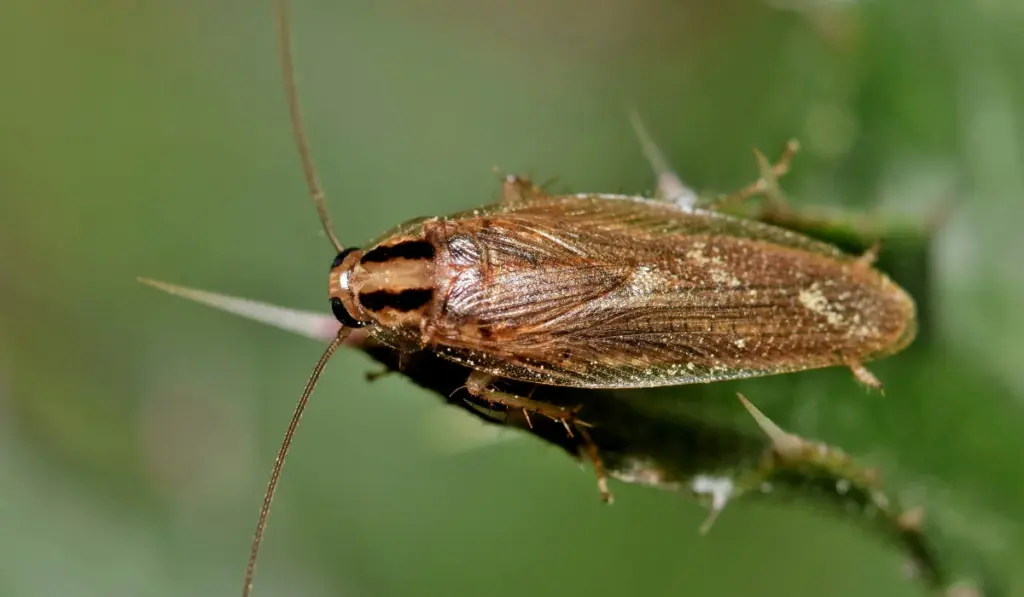Cockroaches adapt to different environments and survive long periods without food. They slip through tiny gaps effortlessly because they can flatten their bodies. Sadly, they are hard to eliminate with home remedies alone once they have set up camp inside. The sight of one roach may mean more of them are hiding nearby. Roaches that move from one surface to another may contaminate spaces where food, utensils, and personal items are kept. That is why prompt action against them should be taken. Thus, homeowners must contact a dependable pest control company as soon as they spot even a few roaches inside their homes. Also, they can explore treatment options by visiting reliablepestsolutions.com. Here’s why roaches are never welcome in any homes in Iowa:
Roaches Spread Bacteria and Germs
Cockroaches crawl across trash, sewer pipes, drains, and other dirty surfaces before entering homes. Thus, they can spread bacteria that can cause illness when they land on kitchen counters, food prep areas, plates, or storage spaces. Roaches may transfer germs that contribute to digestive problems, trigger allergies in vulnerable individuals, and irritate asthma in children.
Roaches also leave droppings in hidden spaces such as cabinet corners, pantry shelves, underneath sinks, and along baseboards. These droppings and shed skins contribute to indoor allergens. Iowa’s seasonal humidity in summer can make these particles stay airborne longer, which creates indoor air quality concerns.
Roaches Thrive in Areas with High Humidity Levels
Many Iowa homes have basements, crawl spaces, laundry rooms, and utility areas with humidity buildup. Roaches thrive in damp environments. They find more comfortable living conditions and reproduce faster when moisture levels rise. They can keep themselves hidden and protected due to plumbing leaks, poor ventilation, and excess condensation. Warm weather in the summer months brings more moisture into parts of the home.
owa roaches move closer to heat sources during the colder months. They nest near appliance motors, hot water heaters, and wall voids near central heating systems. These areas provide the warmth that roaches need to continue multiplying.
Roaches Reproduce Fast
Roaches breed quickly. A female cockroach can produce many offspring during the course of a year. Each egg case holds multiple nymphs that start exploring soon after hatching. Roaches search for water and food quickly, which speeds up the growth cycle. They can survive and multiply in Iowa homes that have mild warmth in utility rooms, garages, and kitchens.
In addition, roaches remain hidden in wall voids, cabinets, and crevices until populations increase to extreme levels. Iowa families who notice one or two roaches should consider this a warning sign and prevent the spread of these bugs.
Roaches Target Food Sources
Roaches are attracted to crumbs, grease left on stovetops, opened snack bags, unsealed cereal boxes, and dirty dishes that sit for a long time. They also feed on non-food items like cardboard, glue, and paper. Iowa kitchens and pantries become easy targets when food is left open or unsecured.
Roaches smell food from long distances. They use their antennae to detect scents and move toward the source. A small piece of fruit in the trash or a sticky beverage spill on the floor can feed multiple roaches. This makes it important to keep storage containers sealed and wipe cooking surfaces daily. Also, limit clutter in pantry areas to keep roaches out.
Roaches Hide in Tight Spaces
Roaches can slip into tiny cracks and squeeze into tight spots. This ability allows them to hide within furniture, behind refrigerators, behind drywall panels, inside cabinets, and near plumbing fixtures. Iowa homeowners may miss these hiding zones without professional inspection.
Roaches avoid light and search for spaces to remain hidden most of the day. They come out to explore when the lights are off. They hide deep in structural gaps, which makes treatment difficult without specialized tools. Iowa properties that have older construction sometimes provide more hidden gaps than newer structures. These gaps can be found near window frames, old door frames, and unfinished basement walls.

